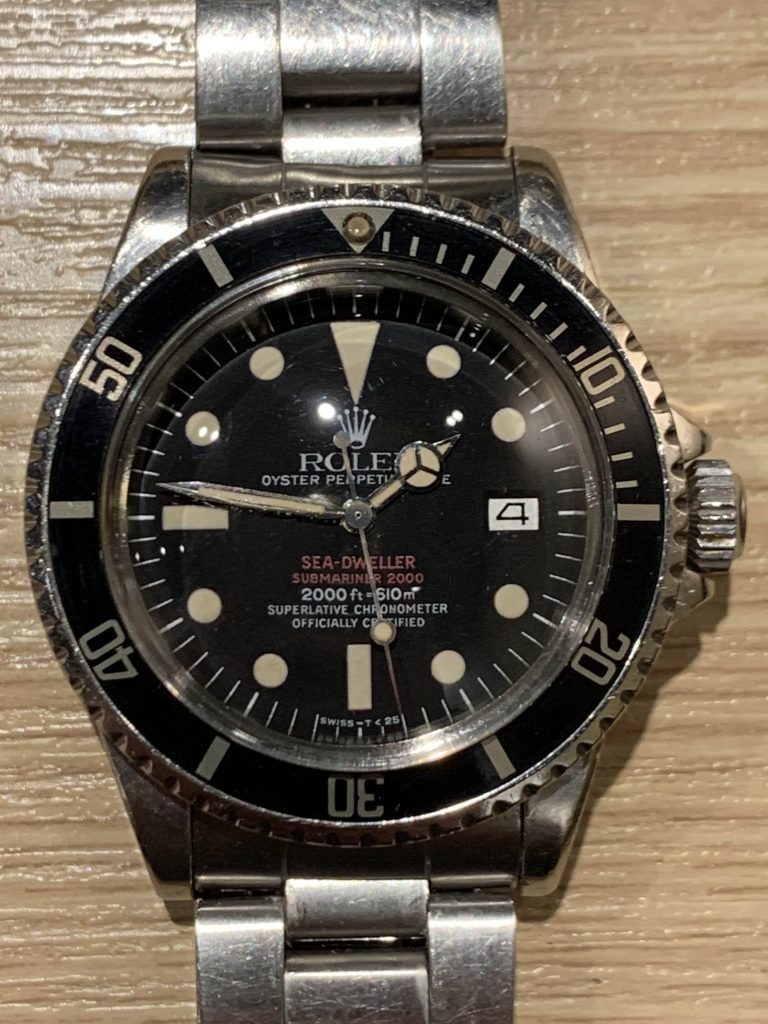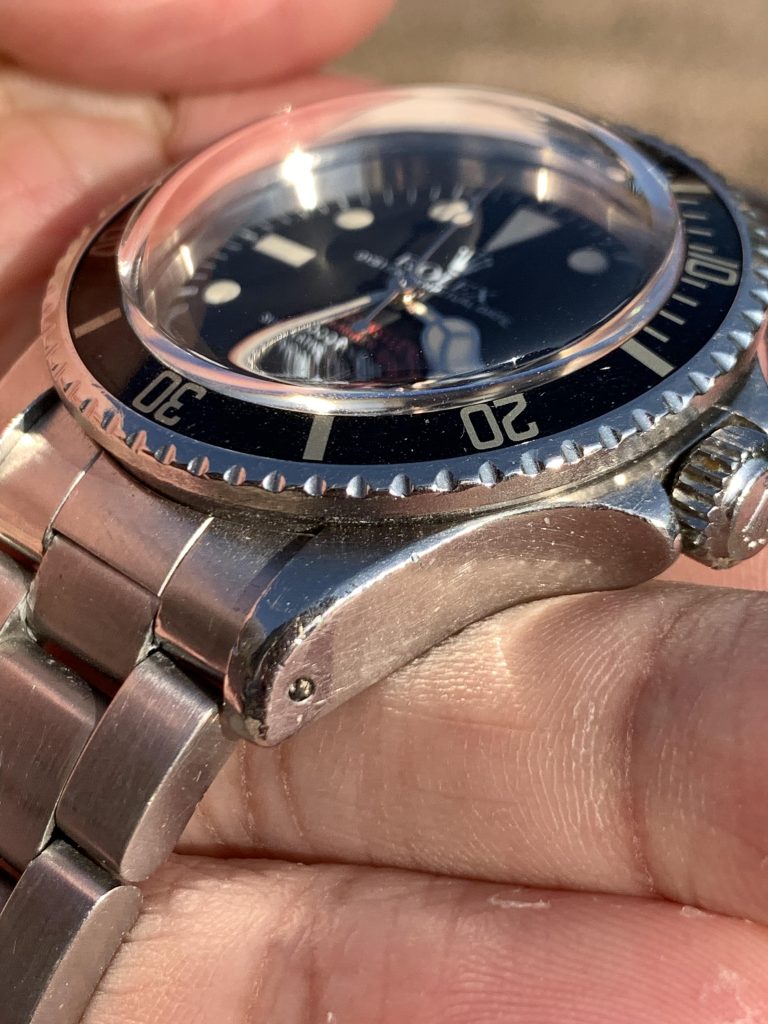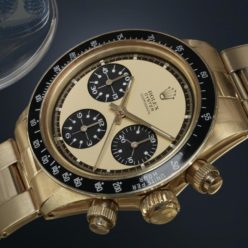When it comes to vintage Rolex, the DRSD is absolutely one of the most talked-about model and could be many collectors’ grail watch. Being the first generation Sea-dweller, it is historically important. The features seen on this reference impact deeply the models to follow.

While the MK1 and MK2 are rarer, more elusive and much more expensive, the MK3 and MK4 are easier to collect. The MK4 is slightly more popular than the MK3 given its sharper red color on the red fonts. There are a few things except period correctness that I look for in a DRSD.




First, the case has to be unpolished. In an unpolished case, the lug holes are razor sharp in a natural way. There should be ample distance between the holes and the edges on the case. The bevels should be thick and sharp, and the edges should also be razor sharp. On the back side of the case, I look for a razor sharp edge around the non crown guard side of the case. That edge should be very thick and rise above the metal around the caseback area. The same sharp edge should be found around the crown guard side, just that the edge may not rise up so much like the other side. The crown guard on an unpolished case should be beefy but not rounded. There should be a slight step on the surface of the crown guard (this is hard to come by as that step can be easily erased by sleeve polish) The overall case size should be beefy as well.

On the dial, there should not be any missing minute marker. More often than not, the 60, 45 and 30 minute marker can be found partly missing due to poor technique in repair and assembling . The dial has to be free of marks and stains. The black paint of the maker should not show signs of having been redone (lighter color of the fonts is often a sign) The red fonts have to remain sharp and dot-like. The tritium lume has to be clean without black dots (often signs of moisture getting in) There should not be a big missing part in each lume plot. The edge of the dial is also important. There are stain or broken parts there very often. Therefore, I look for a clean edge around the dial that is free of damage. On the lume plots and the tritium on the hands, there should be tritium dust of two to three colors (red, green and orange) underr UV. Of course, the color of the hands has to match that of the lume plots. Always watch out for relumed hands which can be told by the texture and color of the tritium there.

The bezel has to be the early type bezel which stands taller than later version. The insert has to be a MK3 fat font insert. Inserts with chips, cracks or a big area of loss of paint are not preferred. Loss of paint happens often on the edge. The bracelet has to be a 9315 with 380, 285, 385 endlinks. The 285 and 385 are rather hard and expensive to come by. After 1976, the bracelet should be 93150 with 585 endlinks.
It is uneasy for a DRSD to have all the perfect elements unless it is from the original owner or it has been very well taken care of. Very often, an unpolished case may come with a less desirable dial while a pumpkin dial may come with a poorer case. Hands may often have been replaced and the color may not match that of the lume. Therefore, if you come across an unpolished one with a clean dial and the hands match the lume, don’t miss it.
